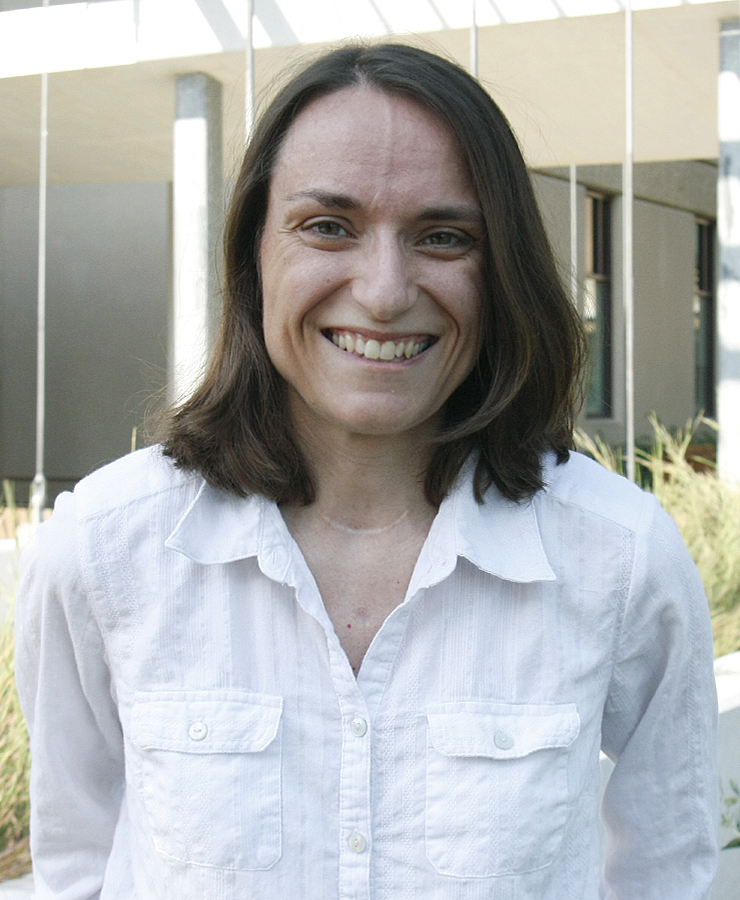
Kristine Nemec will defend her doctoral dissertation, “The relationship between diversity, seeding density, and ecological functions in tallgrass prairie restorations,” at 1 p.m., Friday, Sept. 7, in 901 Hardin Hall. Her advisers are Craig Allen and Dave Wedin.
Abstract
In recent decades, agricultural producers and conservation organizations have converted thousands of hectares of cropland to grassland in the Great Plains. Although high diversity seed mixes can cost up to five to ten times as much as low diversity seed mixes, little information is available on the ecological functions that may result from the added diversity. Restorations that maintain critical ecological functions and services may help maintain functional and resilient working landscapes. In this dissertation I assessed the effects of tallgrass prairie plant diversity and seeding density on the provision of ecological functions and services including: 1) resistance to invasive plant species, 2) abundance and diversity of predatory invertebrates, 3) herbivory levels on two perennial forbs, and 4) soil development. In the spring of 2006, twenty-four 55m2-plots were planted to six replicates in each of four treatments: high diversity sites of 97 species typically planted by The Nature Conservancy planted at a lower seeding density, high diversity sites at twice this seeding rate, and low diversity sites using a Natural Resources Conservation Service (NRCS) Conservation Reserve Program mix (CP25; 15species), at low and high seeding densities. This study is among the first to compare the ecological functions provided by grassland seed mixes commonly used by practitioners. Increasing plant community diversity was found to be more important than increasing seeding density for enhancing resistance to invasion by unsown perennial forbs and legumes and in reducing inflorescence production byBromus inermis. There was a significant positive relationship between plant community diversity and the abundance of coccinellid beetles, but the abundance of ants, carabid beetles, and spiders showed no significant response to diversity or seeding density. Seeding density had a positive effect on carabid beetle and spider species richness and Shannon-Weaver diversity. Year was the main significant effect for explaining levels of herbivory damage in Ratibida columnifera and Solidago canadensis and there was a significant negative relationship between diversity and levels of soil nitrate. Overall, results indicate increasing diversity may be more important than increasing seeding density for provision of the ecological functions studied.